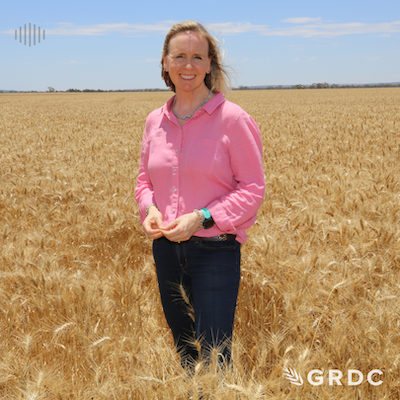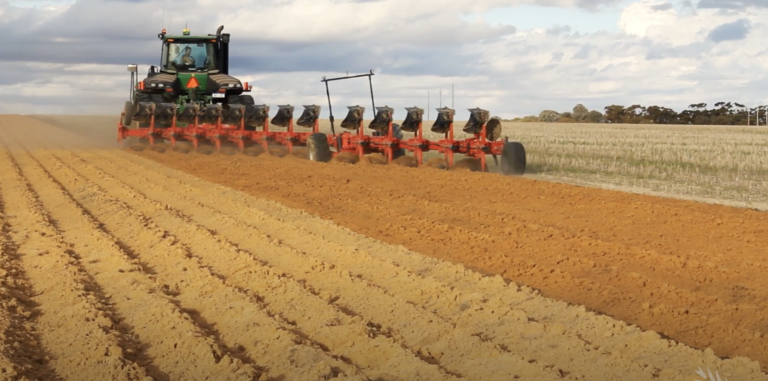AGGREGATE: NEWS & EVENTS
Soil amelioration can boost wheat response to nitrogen

Digging into crop nutrition in modern farming systems
KEY POINTS
- Soil amelioration techniques improved wheat response to nitrogen fertiliser in two field trials as part of a crop nutrition research collaboration in WA.
- The improved response is due to amelioration tackling soil constraints such as water repellency and compaction.
- The next phase will investigate the use efficiency of nitrogen fertiliser and from the soil over multiple seasons
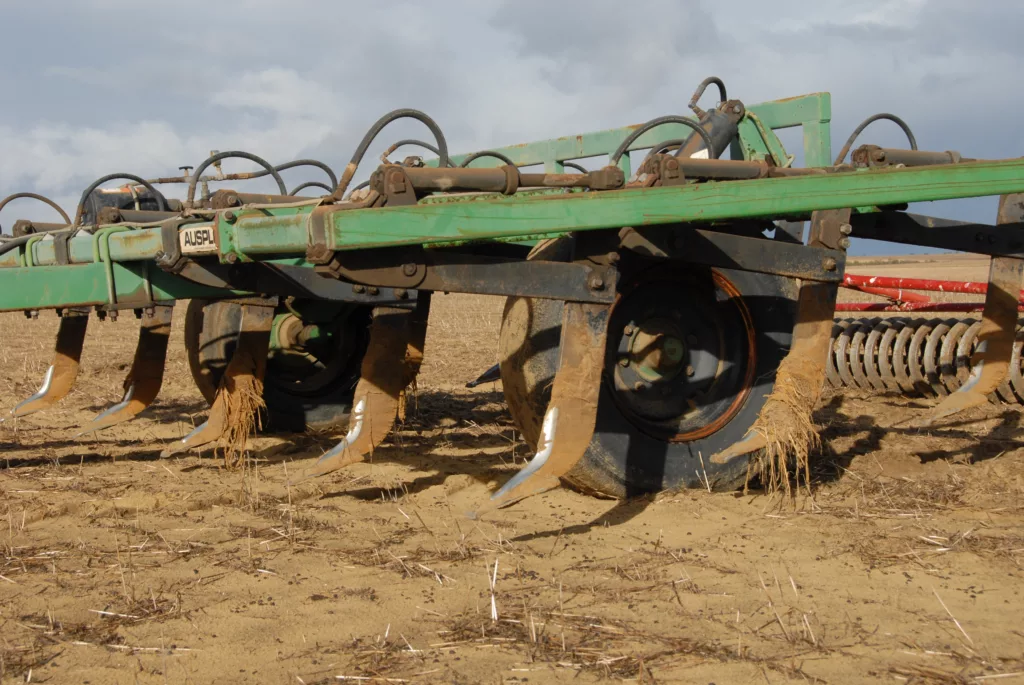
Applied field research in Western Australia is highlighting how soil amelioration can boost wheat’s response to nitrogen fertiliser and lead to higher yields for growers.
The uptake of soil amelioration techniques such as deep ripping, rotary spading, delving and mouldboard ploughing across much of WA’s cropping region has helped tackle soil constraints which act as barriers to productivity. A risk assessment has estimated that soil compaction affects 70% of WA’s cropping area, soil acidity 67% and soil water repellence 53%.
But despite widespread adoption of soil amelioration, less is known about how it can impact crop nutrition. Dr Craig Scanlan, a Senior Research Scientist with the Western Australian Department of Primary Industries and Regional Development (DPIRD), says the results of this field research tell a clear story.
“Our analysis so far from our two field trial sites is showing that all soil amelioration treatments we tested provide a benefit to the wheat grain yield response to nitrogen fertiliser.”
Dr Craig Scanlan
A better understanding of the different responses to fertiliser following amelioration can enable growers and advisors to make better decisions about their nutrient management program in light of their amelioration strategy.
This research is part of a larger crop nutrition collaboration and GRDC investment led by Murdoch University and DPIRD in partnership with The University of Western Australia, Summit Fertilisers and CSBP through the SoilsWest alliance.
Amelioration can shift the response to nitrogen fertiliser
Two locations in the WA wheatbelt, Badgingarra and Tammin, were used as field trial sites for this study. At both, wheat was the only crop sown and nitrogen fertiliser was applied at rates of 0, 40, 80, 120 and 160 kg nitrogen/ha.
At the Badgingarra site, on pale deep sand soil, three different amelioration treatments (rotary spading, delving, and mouldboard ploughing) were tested and compared to a non-ameliorated treatment.
The Badgingarra site was known to have a water repellence constraint. All three amelioration treatments reduced water repellency and showed higher grain yield responses to nitrogen fertiliser in comparison to the non-ameliorated treatment.
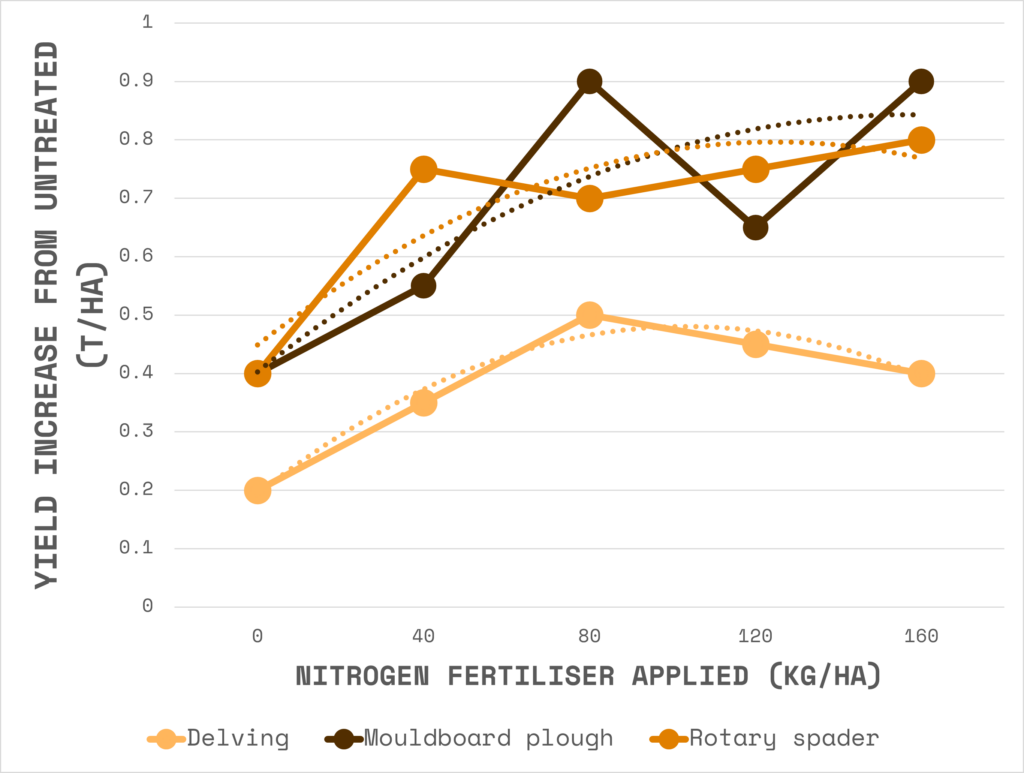
“Amelioration techniques that bury water repellent topsoil can improve the crop’s access to nitrogen due to extended periods of biological activity and subsequent breakdown of organic matter."
Dr Craig Scanlan
Soil amelioration also had a beneficial effect at the second field trial in Tammin. This site is on yellow sand and has a compaction constraint.
The deep ripping amelioration treatment improved the grain yield response to nitrogen fertiliser, which is thought to be due to the crop roots being able to grow better into the subsoil and therefore accessing more nitrogen and water from deeper down in the soil profile.
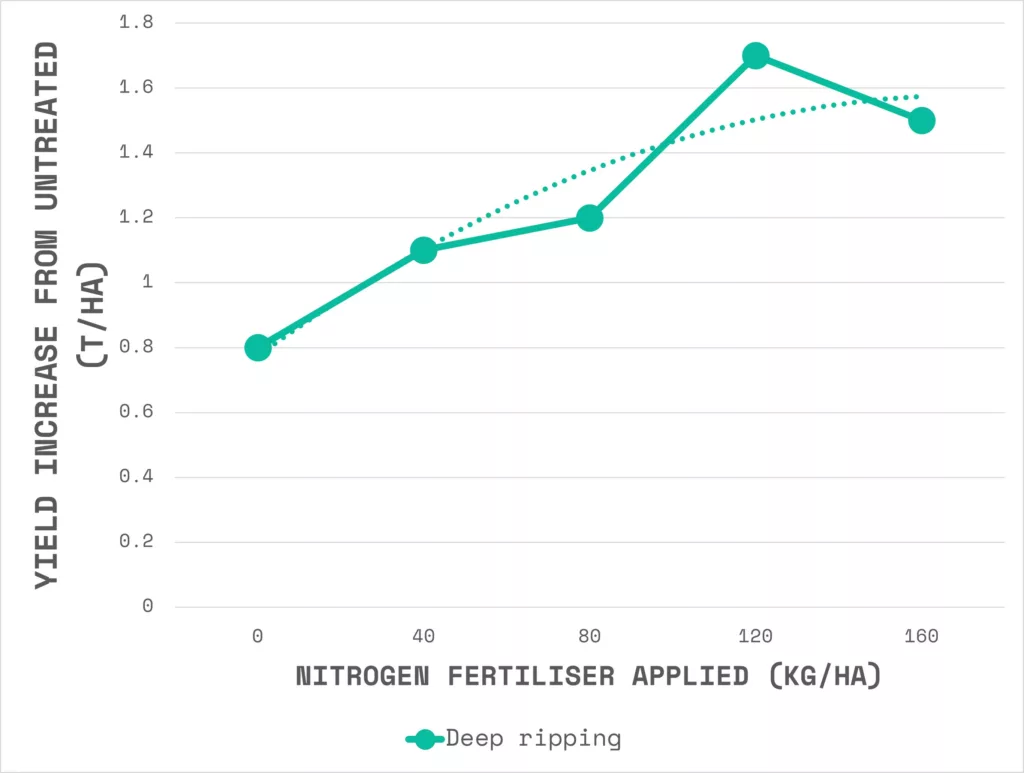
Where is the nitrogen coming from?
The next phase of this research is investigating whether soil amelioration is enabling crops to access more a) nitrogen from fertiliser, or whether this increased uptake is actually from b) soil-derived nitrogen associated with the mixing effect of amelioration treatments.
To distinguish between the two nitrogen sources, the fertiliser applied contained the labelled nitrogen isotope 15N, which can be separated from unlabelled soil-derived nitrogen.
This experiment has been run over two seasons, meaning that the proportion of fertiliser nitrogen that stayed in the soil to be accessed the following year can be determined.
Although the results emerging so far are preliminary and require further analysis, Dr Scanlan and the project team have discovered some interesting early findings.
"The split between soil- and fertiliser-derived nitrogen was the same in the ameliorated (mouldboard ploughed) and non-ameliorated treatments; 60% of nitrogen in grain came from the soil and 40% from fertiliser. Although the split of sources was the same, the amount of nitrogen retained was greater in the ameliorated treatment. Roughly $8/ha of nitrogen fertiliser was retained in the grain and $19/ha was retained in soil.”
Dr Craig Scanlan
A greater amount of fertiliser nitrogen retained in the grain is due to the higher yield response post-amelioration. These early findings also suggest that mixing the soil through amelioration techniques has not limited soil nitrogen supply to the crop.
On soil where there are constraints such as water repellence, improved understanding of nitrogen dynamics emerging from this research can provide greater confidence in the return on investment from nitrogen fertiliser and soil amelioration.
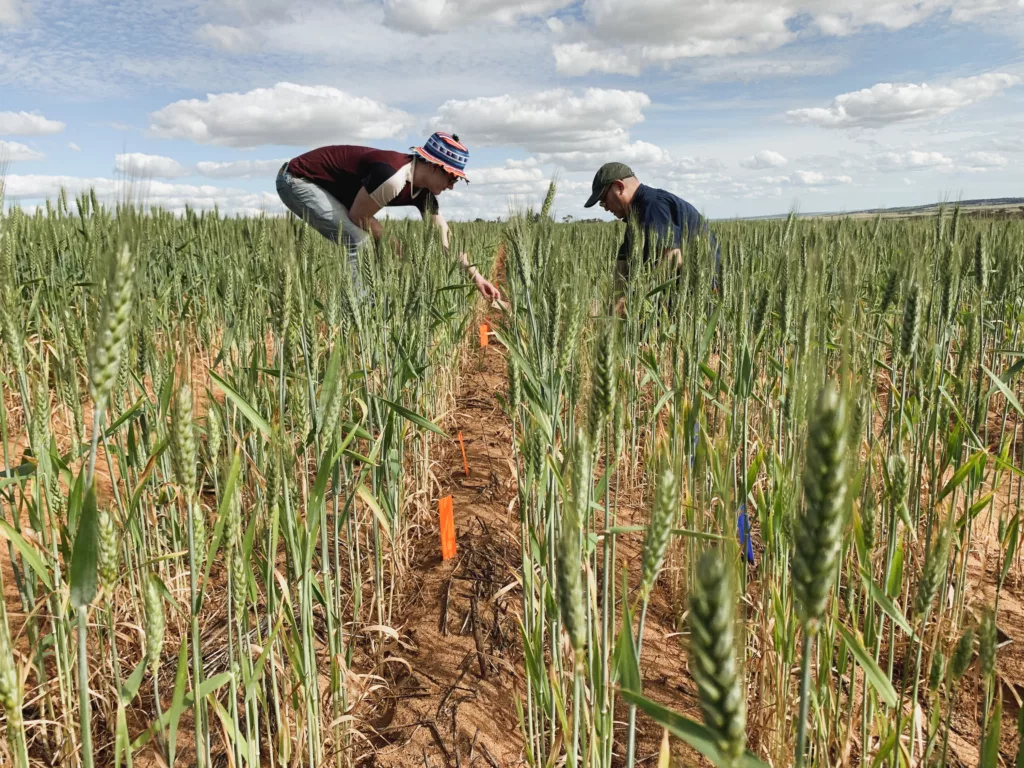
PROJECT INFORMATION
This research is part of the GRDC investment ‘Nutrient re-distribution and availability in ameliorated and cultivated soils in the Western Region (DAW1801-001RTX)’ and is supported through the SoilsWest alliance by DPIRD, Murdoch University, University of Western Australia, Curtin University, CSBP, and Summit Fertilisers.
Contact: Craig Scanlan, Senior Research Scientist, DPIRD and Honorary Research Fellow, Murdoch University. Email: craig.scanlan@dpird.wa.gov.au
GRDC Podcast: Factors driving nitrogen decisions for WA growers
GRDC caught up with Liz Petersen to discuss the results...
Read MoreVideo: Tillage and nutrition – achieving the balance
A $14.6 million, multi-partner, crop nutrition investment strategy is being...
Read MoreCurrent projects
MORE STORIES

Snail biology PhD scholarship with GRDC and Murdoch University
This project seeks to investigate novel approaches that may limit or block calcium absorption in snails, to curb snail damage and economic fallout.

Young minds, big impact
Meet 3 early career scientists digging into environmental solutions at Murdoch University.
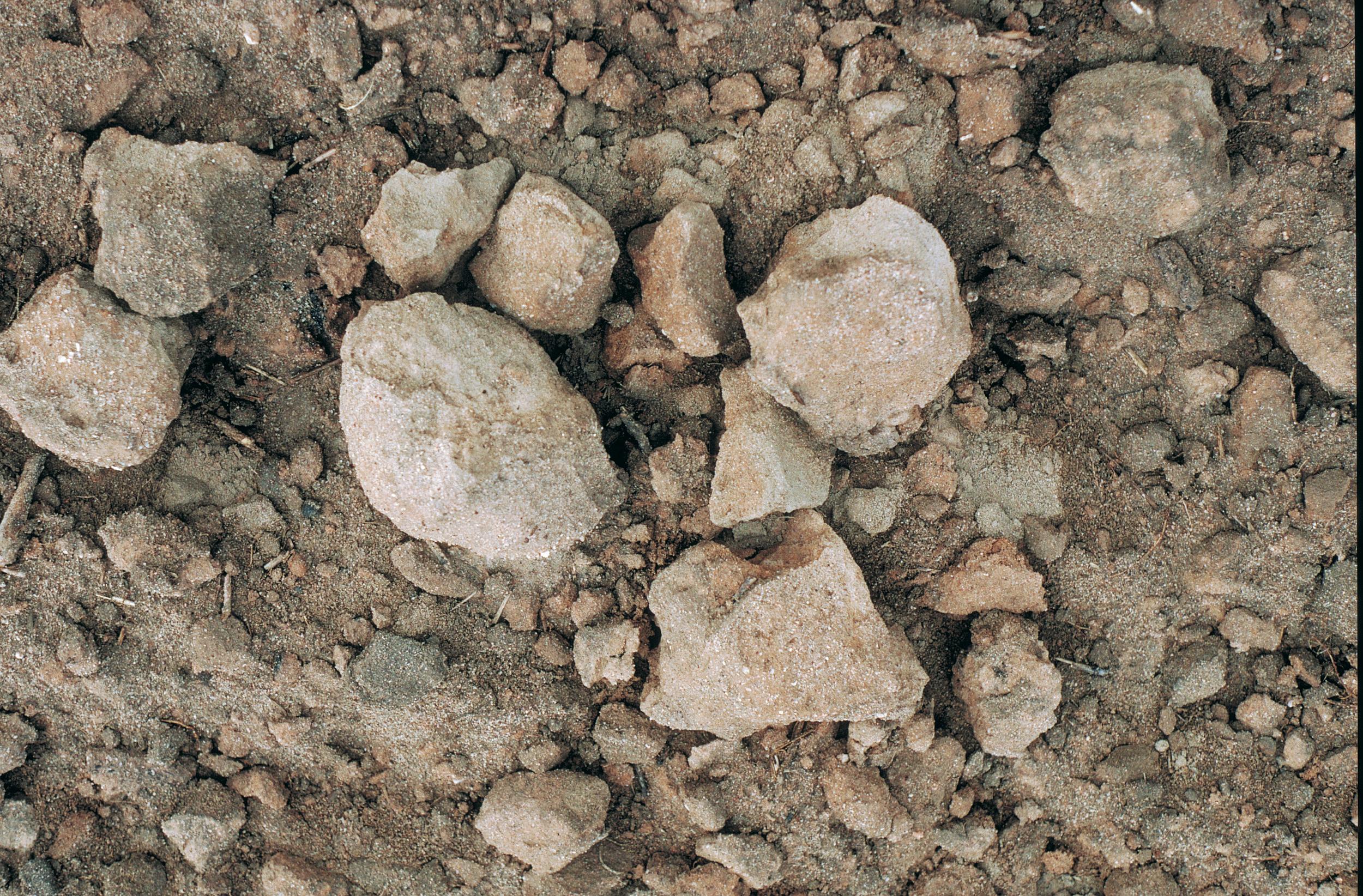
Soil CRC: Soil management webinar series
The webinar series was produced by the Soil CRC and jointly funded through the Australian Government’s National Landcare Program.

UK soil ecologist Frank Ashwood photographs tiny creatures on Australian farms (ABC)
It seems incredible, but half the world’s animals live in the soil, and ecologist Frank Ashwood has been photographing them.
